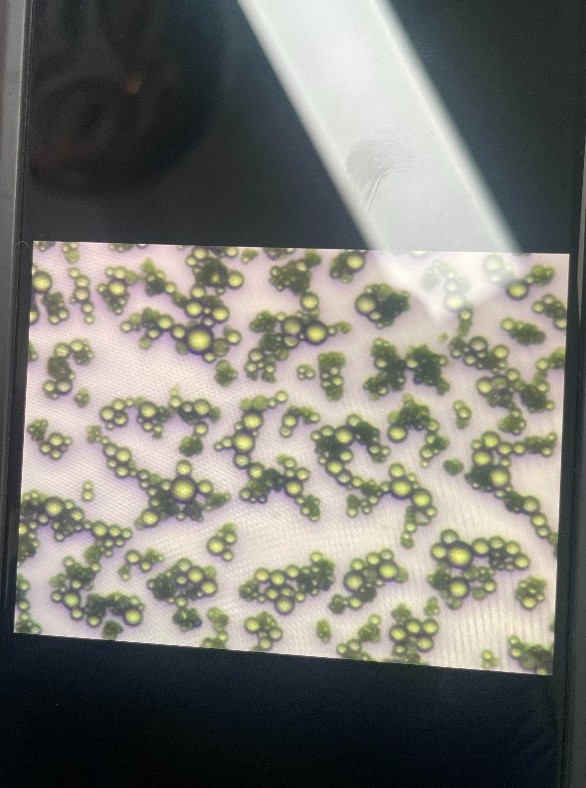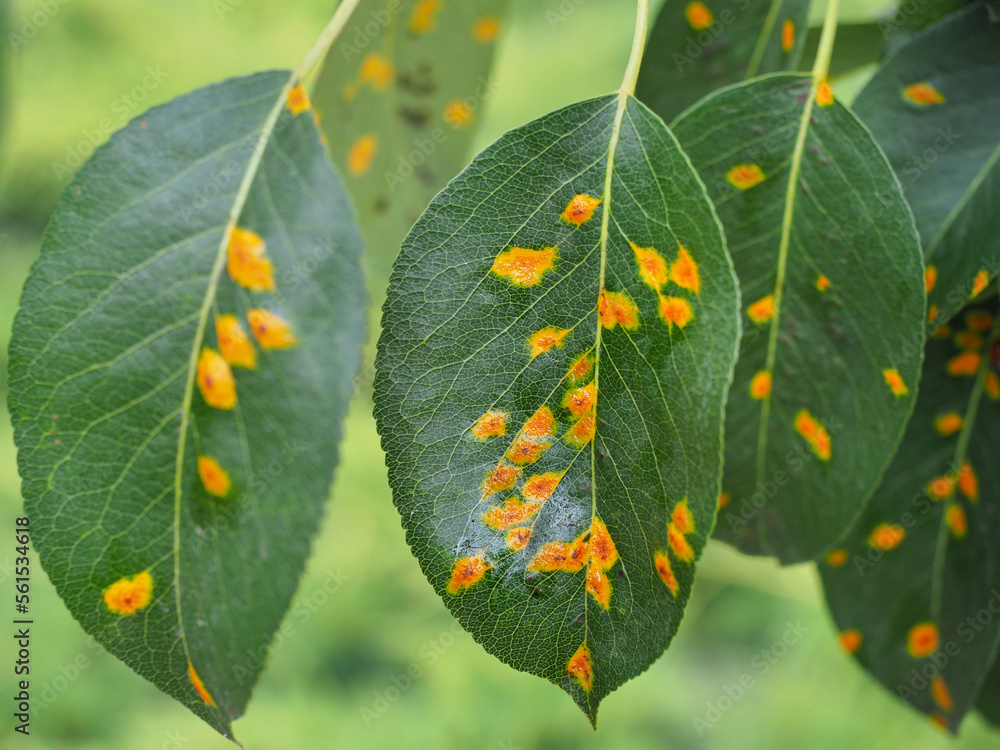
Rust Disease – Causes, Symptoms and Prevention
Rust Disease – Causes, Symptoms and Prevention
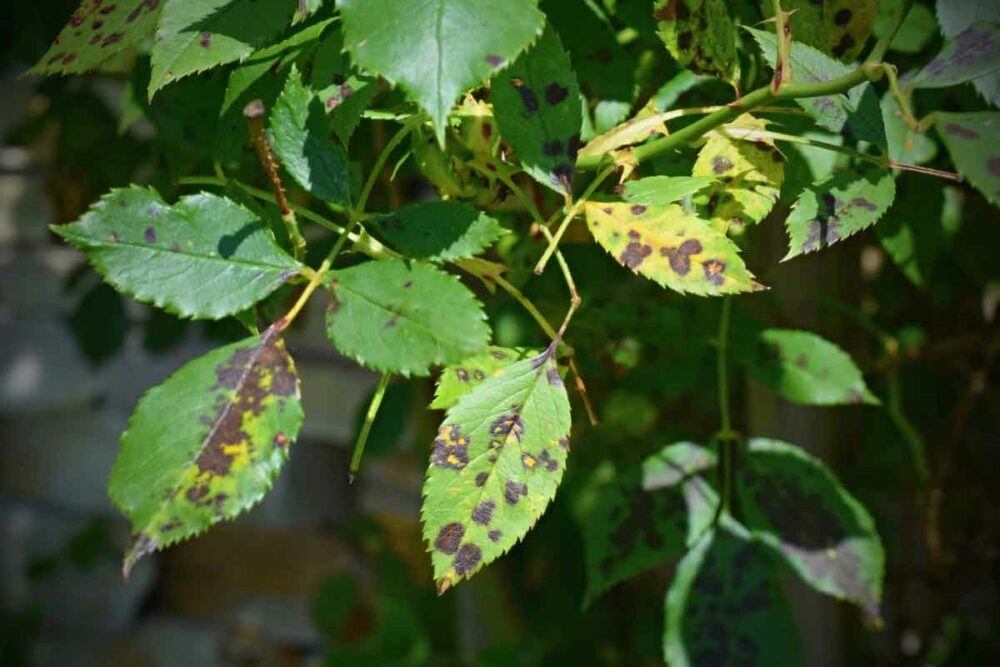
1. Introduction to rust disease
Rust disease (also known as rust disease) is a common plant disease caused by fungi, seriously affecting many types of crops, especially industrial crops such as coffee, rice, corn, and soybeans. Rust disease is one of the causes of great damage in agricultural production, reducing crop yield and quality.
The disease is caused by some fungi of the Pucciniaceae family, with easily recognizable characteristics such as orange, red, or brown rust spots appearing on the surface of leaves, stems, or other parts of the plant. Understanding the causes, symptoms, and prevention of rust disease is very important to protect crops, minimize damage, and optimize production efficiency.
2. Symptoms of rust
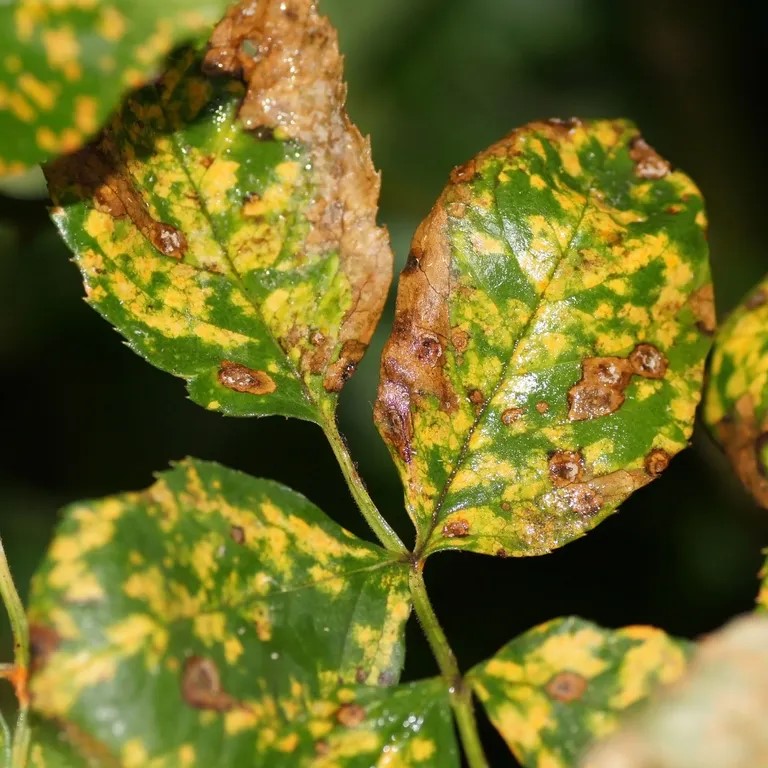
Rust usually appears mainly on the leaves, but can also attack other parts such as the trunk, branches and sometimes the fruit. Easily recognizable symptoms include:
- On the leaves: The first symptom of the disease is the appearance of small yellow or orange spots on the leaf surface, usually the underside. These spots then develop into larger patches and become denser. Inside the lesions, the fungus causes spores to accumulate, forming yellow, orange or red spots that look like rust. Infected leaves will gradually wither, curl and fall prematurely, reducing the plant's ability to photosynthesize.
- On the trunk and branches: Rust can also spread to the trunk and branches, forming brown or black rough spots, weakening the plant and reducing overall growth.
- On the fruit: In some plants, rust can affect the fruit, causing brown or red rust spots on the surface. Diseased fruit often develops unevenly and reduces quality.
Rust symptoms are most evident during the rainy season or wet periods, when weather conditions are favorable for the growth of fungi.
3. Causes and conditions for the development of rust
Rust is caused by fungi of the Pucciniaceae family, and these fungi thrive in humid conditions, temperatures from 15-25°C, especially during the rainy season. Some factors that increase the risk of the disease include:
- • Weather conditions: Rust thrives in environments with high humidity and moderate temperatures. Drizzle, fog or persistent rain are ideal conditions for fungi to grow and spread rapidly.
- High plant density: When plants are planted at too high a density, air circulation is difficult, increasing local humidity and creating conditions for fungi to grow. Plants planted close together are also susceptible to disease through contact.
- Malnutrition: Plants lacking nutrients, especially potassium and calcium, are often weak and susceptible to rust. Unbalanced fertilization also contributes to increased disease risk.
- Sensitive plant varieties: Some plant varieties have weak disease resistance and are more susceptible to disease under adverse conditions.
4. Harmful effects of rust
Rust causes serious damage to crops, affecting the yield and quality of agricultural products. The main harmful effects include:
- Reduced yield: When plants are infected with rust, the leaves dry and fall off early, reducing the ability to photosynthesize, resulting in the plant being unable to produce enough energy to grow and nourish the fruit. This directly affects the yield. • Reduced product quality: Rust on plant parts, especially on fruit, can reduce the quality of agricultural products. Diseased fruit often does not develop properly, reducing commercial value and making it difficult to consume.
- Weakened crops: Infected plants often grow weakly, are prone to breakage and are less resistant to harsh weather conditions. This makes the plants susceptible to other diseases or suffer greater losses when exposed to adverse factors.
- Economic losses: Rust is one of the causes of great economic losses for farmers. The cost of disease treatment and losses due to reduced productivity and product quality all reduce profits in agricultural production.
5. Measures to prevent and control rust
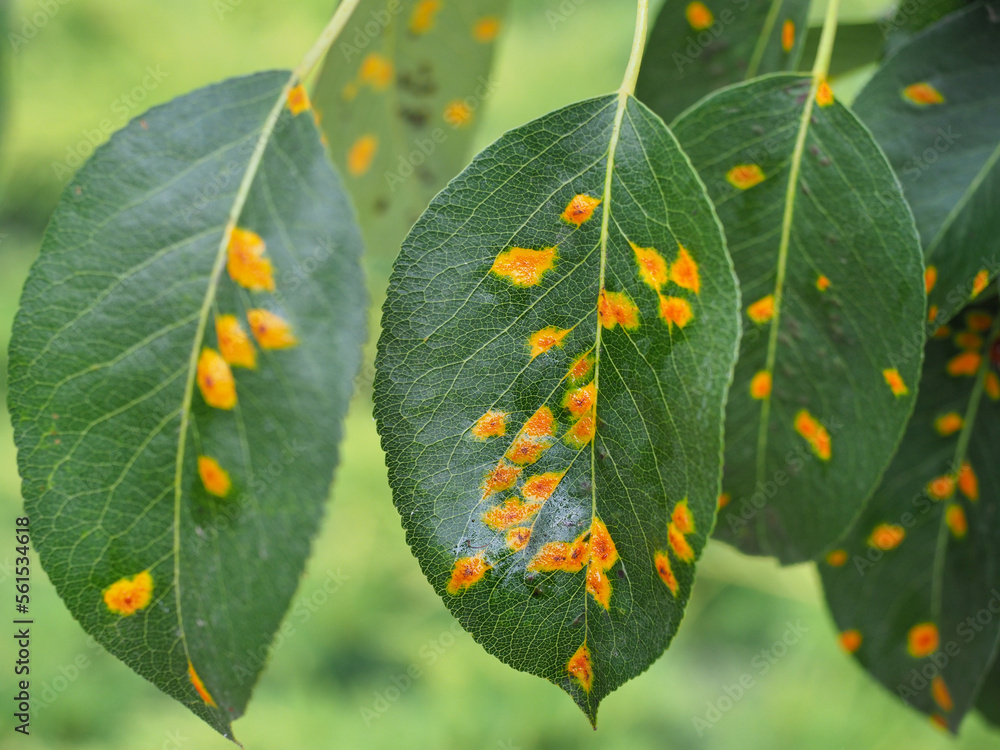
To prevent and control rust, it is necessary to combine many measures, including cultivation, nutrition and the use of pesticides. Here are some effective prevention measures:
5.1. Use disease-resistant varieties
Using disease-resistant varieties is one of the most effective preventive measures. Currently, scientists have researched and developed many varieties of plants that are resistant to rust, helping to minimize the risk of infection and protect plants from the effects of pathogenic fungi.
5.2. Managing growing conditions
- Planting at a reasonable density: Plants need to be planted at a reasonable distance to allow air circulation, helping to reduce humidity and prevent fungal growth. Avoid planting too densely to limit the spread of disease.
- Regular pruning: Pruning diseased branches and leaves or dead parts of the plant helps eliminate the source of the disease and minimize the risk of spreading.
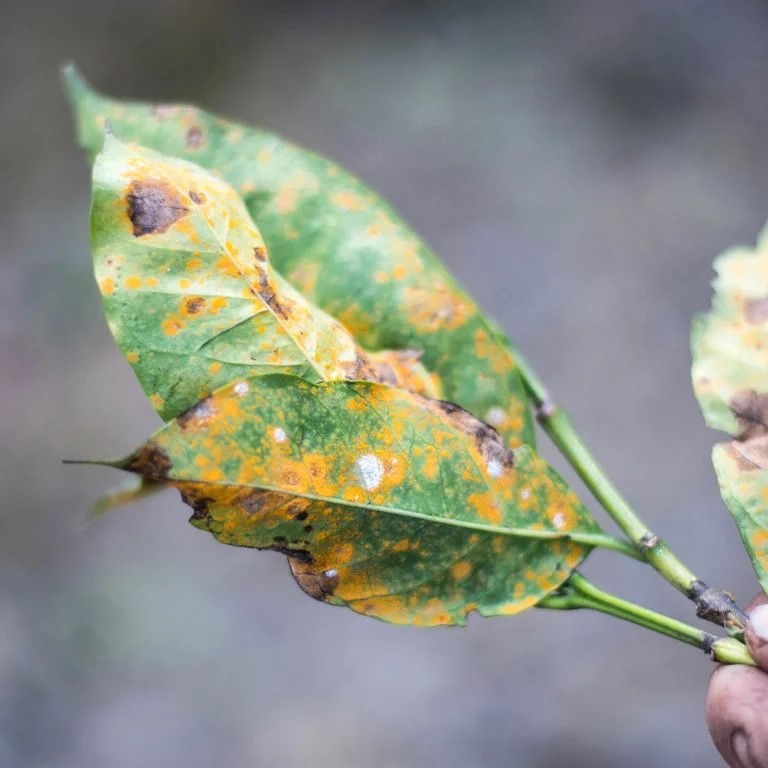
5.3. Nutrient management
Adequate and balanced fertilization is an important factor in helping plants grow healthily and increase their resistance to disease. Farmers need to provide enough potassium, calcium and trace elements for plants, while avoiding over-fertilizing with nitrogen, as excess nitrogen can make plants more susceptible to disease.
5.4. Use of pesticides
In cases where rust has appeared, farmers need to use pesticides to control the disease. Copper or sulfur-based fungicides are often used to effectively control rust. However, it is necessary to follow the "4 rights" principle (right drug, right dose, right time and right way) to achieve high efficiency and avoid harming the environment.
Some drugs contain active ingredients, such as:
5.4.1 Tebuconazole
- Group: Triazole
- Mechanism of action: Tebuconazole inhibits the synthesis of ergosterol, an essential component in the fungal cell membrane, preventing fungal growth.
- Efficacy: Widely used to control rust on many crops, including coffee, soybeans, and wheat.
- Drug: Gone super 350ec
5.4.2 Propiconazole
- Group: Triazole
- Mechanism of action: Similar to Tebuconazole, Propiconazole inhibits the synthesis of ergosterol in the fungal cell membrane, preventing the fungus from growing and spreading.
- Efficacy: Highly effective in controlling fungal diseases, including rust on many crops.
- Drug: Bretil Super 300EC
5.5. Cultivation measures
- Crop rotation: Rotating between different crops helps limit the accumulation of fungi in the soil, thereby reducing the risk of rust appearing in the following crop.
- Field sanitation: After harvesting, it is necessary to clean the field, collect and destroy diseased plant parts to prevent the spread of the disease. At the same time, the soil should be plowed and exposed to the sun to destroy pathogens that remain in the soil.
6. Conclusion
Rust is one of the serious diseases for many crops, especially industrial crops and fruit trees. The disease not only reduces productivity but also affects product quality, causing great damage to farmers and the agricultural sector.
However, understanding the causes, symptoms and applying appropriate preventive measures will help control rust well, protecting crops from attacks by pathogenic fungi. The combination of disease-resistant varieties, management of growing conditions and proper use of pesticides will be the optimal solutions to help farmers minimize damage and increase agricultural productivity in the context of climate change and increasing production pressure.
Bình luận
Những bình luận mới nhất
